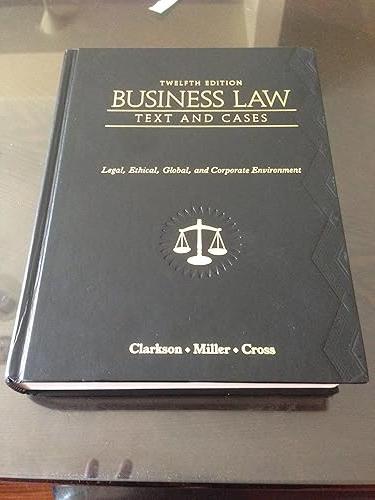Answered step by step
Verified Expert Solution
Question
...
1 Approved Answer
2. Imagine you are a business analyst. Now review Google's strategy pre and post reorganization with special focus on the several businesses that are a
2. Imagine you are a business analyst. Now review Google's strategy pre and post reorganization with special focus on the several businesses that are a part of the New Alphabet/Old Google. Is reorganization proposed in the right direction. Analyze. (Hint: You might use theories and frameworks discussed in class to analyze













Step by Step Solution
There are 3 Steps involved in it
Step: 1

Get Instant Access with AI-Powered Solutions
See step-by-step solutions with expert insights and AI powered tools for academic success
Step: 2

Step: 3

Ace Your Homework with AI
Get the answers you need in no time with our AI-driven, step-by-step assistance
Get Started


